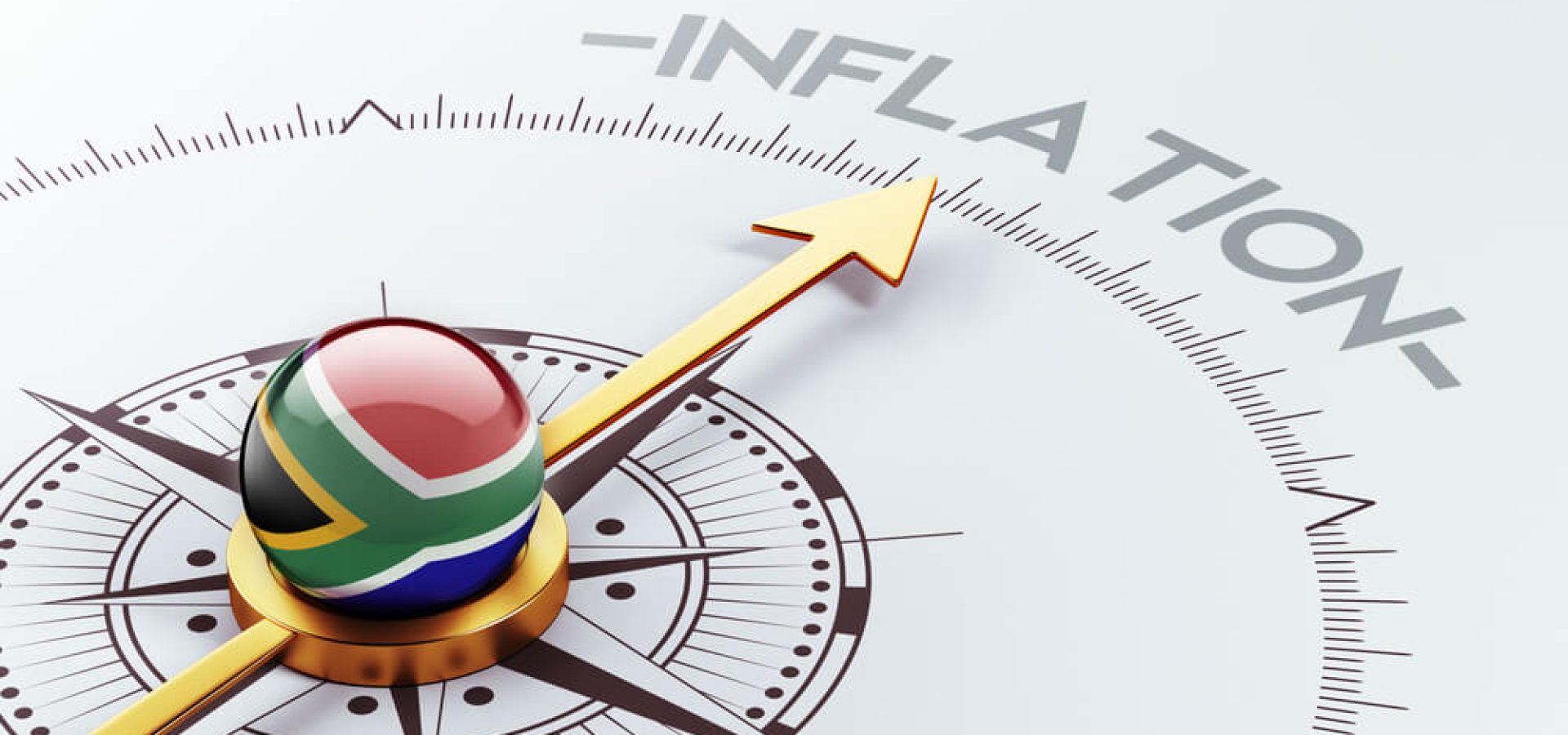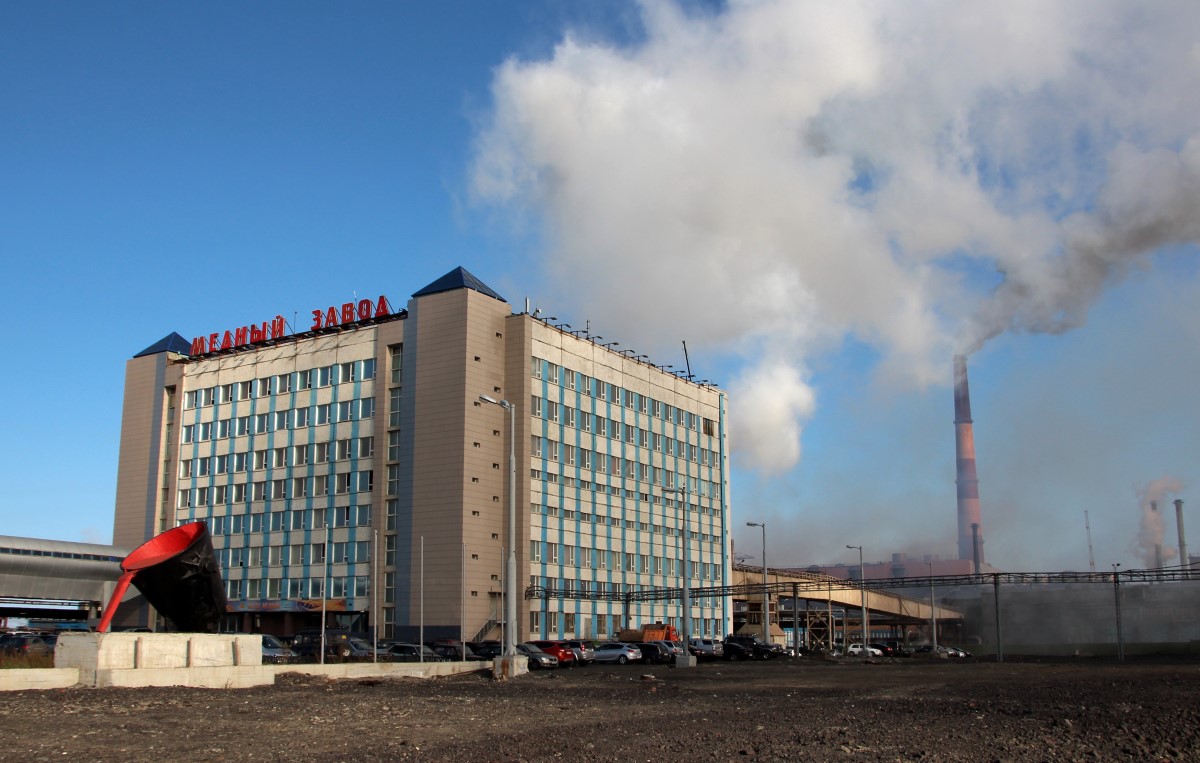After retreating slightly on Tuesday, the Rand regained its momentum witnessed in the past six weeks against a weak USD.
The South African Rand traded at 16.46 against the dollar on Wednesday. The dented USD is likely to remain in the status quo. Meanwhile, the Fed expected to retain its dovish monetary policy until the end of the year. Similarly, the release of the second stimulus package to keep the US economy afloat has a clearer path after the GOP proposed the $1 trillion HEALS Act this week.
Inflation bounced slightly after its 15-year low at 2.1% in May. Year-on-year inflation for June is at 2.2%. The consumer price index is up by 0.5%, from a negative of 0.6% in the previous month. The move is primarily due to the price of petrol going up in the international market where fuel prices climbed up by 9.9% in June. However, it is still 20% lower than its pre-pandemic figures.
Food and non-alcoholic beverages rose by 4.2%, while meat prices increased by 5.2%. On the contrary, dairy products slid at 6.4% from 7.1% in May. Monthly rentals, which account for 17% of the economy’s CPI basket, increased at a modest rate of 0.1%.
The IMF predicts a fiscal deficit amounting to 16% of Gross Domestic Product in 2020. It approved a $4.3 billion loan for emergency financing on South Africa’s bleeding economy amidst the recession. However, even after the IMF’s intervention, the country’s economy is expected to contract by at least 7.2% due to spillover effects caused by COVID-19.
Blue Skies to South African Airways
Amidst the forecast of a significant fiscal deficit, South African Airways gets green light to start anew.
Creditors approved the $596 million worth rescue plan to get the state-owned airline flying again, now as a new airline. However, they had given a draconian warning that even when the new carrier fails, they will get their money back by whatever means necessary.
The restructuring plan published last month has already entered into force, including reducing fleets and shedding more jobs.
The flag carrier has already spent roughly $540 million since it entered its business rescue plans in December, believed to have come mainly from government bailout funds.
Since its last reported profit in 2011, the airline struggled to keep business steady due to weak leadership, mismanagement, and political intervention. Adding to this is the heated competition with LCCs.









COMMENTS